Galvanized Wire Rope
Are you in search of highly durable wire ropes products tailored for demanding industries such as mining, transportation, and construction?
High-Performance Galvanized wire rope
Galvanized wire rope is a type of steel cable that has been coated with a protective layer of zinc to guard against corrosion. This protective coating makes it especially useful in environments where the rope might be exposed to moisture, such as in marine or industrial settings. The galvanization process can be done through either hot-dipping the wire in molten zinc, which provides a thick coating, or through electro-galvanizing, which applies a thinner layer of zinc using an electrical charge.
Mian Structure

Abrasion resistance performance
High breaking force
Fatigue resistant performance
Suitable for high-lifting working.
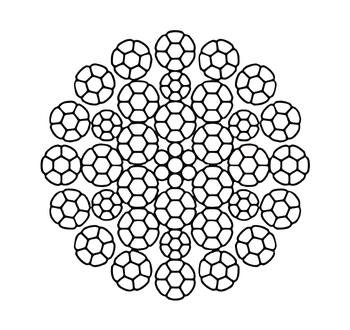
High tensile strength
High abrasion resistance
High fatigue failure resistance
Less wear of sheaves and capstans
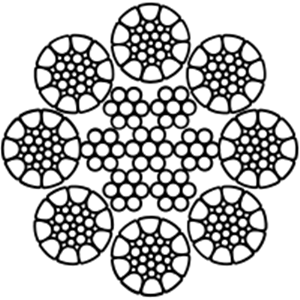
Abrasion resistance performance.
High breaking force
Outstanding bending fatigue performance
Very stable rope construction
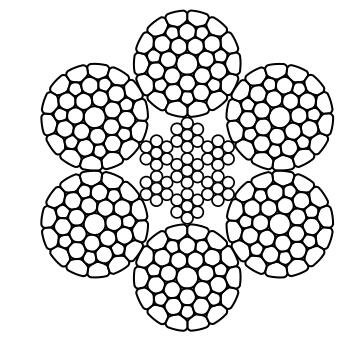
Abrasion resistance performance.
High breaking force.
Fatigue resistant performance
Improved support of outer strands in service.
Improved ton-mile performance
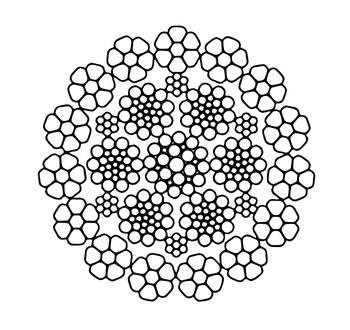
Abrasion resistance performance
High breaking force
Fatigue resistant performance
Suitable for high-lifting working
High performance rotation resistant
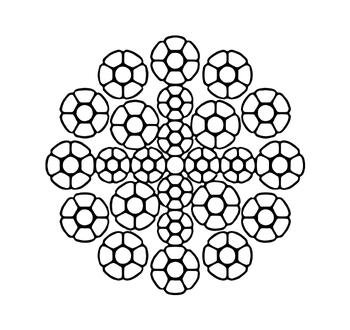
Abrasion resistance performance
High breaking force
Fatigue resistant performance
Suitable for high-lifting working
High performance rotation resistant
Your Ultimate Guide to Acquiring Galvanized wire rope
When you need durable, corrosion-resistant wire rope for your projects, galvanized wire rope is often the ideal choice. Here’s a detailed guide to help you understand, select, and acquire the right galvanized wire rope for your needs.
Table of contents
Chapt 1
What is Galvanized Wire Rope?
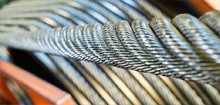
Galvanized wire rope is a type of cable made from steel wire that has been coated with a protective layer of zinc through a process known as galvanization. This coating of zinc helps to enhance the rope’s resistance to corrosion and rust, making it particularly suitable for outdoor or marine environments where exposure to moisture and harsh weather conditions is common.
The manufacturing process typically involves twisting individual steel wires into strands, and then twisting these strands together to form the rope. The core of the rope can be made of various materials such as steel, natural fibers, or synthetic materials, which influences factors like flexibility and strength.
There are different methods of galvanizing wire rope, including hot-dip galvanizing and electro-galvanizing, each offering varying levels of corrosion protection and finish. Regular maintenance and inspection are important for ensuring the longevity and safety of galvanized wire rope, including checking for wear, corrosion, and broken wires, as well as proper lubrication and handling.
Chapt 2
Galvanized Wire Rope Characteristics And Benefits
Galvanized wire rope offers several characteristics and benefits that make it a popular choice for various applications:
Corrosion Resistance: One of the primary benefits of galvanized wire rope is its excellent resistance to corrosion. The zinc coating acts as a protective barrier, preventing moisture and environmental factors from reaching the steel core. This makes galvanized wire rope particularly well-suited for outdoor or marine use where exposure to moisture, saltwater, and other corrosive elements is common.
Durability: Galvanized wire rope is highly durable and can withstand harsh environmental conditions, including extreme temperatures, UV exposure, and abrasion. This durability ensures a longer service life and reduces the need for frequent replacements, making it a cost-effective option in the long run.
Strength: Wire rope, in general, is known for its high tensile strength, and galvanized wire rope is no exception. It can support heavy loads and withstand substantial tension without stretching or breaking. The strength of galvanized wire rope depends on factors such as the diameter, construction (number of wires and strands), and the quality of materials used.
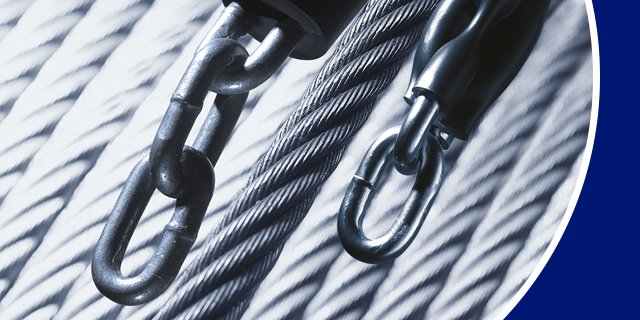
Versatility: Galvanized wire rope is highly versatile and can be used in a wide range of applications across various industries. It is commonly used for lifting and rigging operations, securing cargo on trucks and trailers, mooring and anchoring in marine settings, structural support in construction, and many other tasks that require strong and reliable cable.
Low Maintenance: Compared to untreated steel wire rope, galvanized wire rope requires minimal maintenance. The zinc coating provides long-lasting protection against corrosion, reducing the need for frequent cleaning, lubrication, and inspection. This can result in lower maintenance costs and downtime for equipment and structures.
Cost-Effective: Despite its initial higher cost compared to untreated wire rope, galvanized wire rope offers excellent value due to its extended service life and reduced maintenance requirements. The added protection against corrosion helps prevent premature failure and costly repairs or replacements, making it a cost-effective investment in the long term.
Overall, the characteristics and benefits of galvanized wire rope, including corrosion resistance, durability, strength, versatility, low maintenance, and cost-effectiveness, make it a preferred choice for a wide range of industrial and commercial applications where reliable performance and longevity are essential.
Chapt 3
Galvanized Wire Rope Production Procedure
The production procedure for galvanized wire rope involves several key steps to ensure the rope is strong, durable, and resistant to corrosion. Here’s a detailed look at the typical manufacturing process:
1. Wire Drawing
The process starts with steel rods, which are drawn through a series of dies to gradually reduce their diameter and increase their length, creating fine steel wires. This process also increases the tensile strength of the steel.
2. Cleaning
The drawn wires are cleaned to remove any impurities, scale, or residues from their surface. Cleaning methods typically involve acid baths (pickling) and mechanical brushing. Clean surfaces are crucial for effective galvanization.
3. Galvanizing
There are two main methods for galvanizing the cleaned steel wires:
- Hot-Dip Galvanizing: The wires are dipped into a bath of molten zinc at a temperature around 450°C (842°F). The zinc reacts with the steel, forming a tightly bonded alloy coating that provides robust protection against corrosion.
- Electrogalvanizing (Electroplating): An electrical current is used to deposit zinc on the surface of the wires from a zinc solution. This method provides a more uniform coating and is typically smoother, but it may offer slightly less corrosion resistance compared to hot-dip galvanizing.
4. Wire Stranding
Galvanized wires are then twisted into strands. Several wires are wound together in a specific pattern to form a strand. The number of wires per strand can vary based on the rope’s intended strength and flexibility.
5. Rope Closing
Multiple strands are then twisted around a core to form the rope. The core can be made of fiber (natural or synthetic) or steel. The twisting of the strands around the core is known as closing, and it determines the rope’s final structure. Different constructions (such as 6×19, 7×7, etc.) are used based on the required properties like flexibility, abrasion resistance, and fatigue resistance.
6. Lubrication
Once the rope is closed, it is typically lubricated to reduce internal friction, enhance flexibility, protect against corrosion, and extend its service life. The type of lubricant and the amount applied depend on the rope’s intended use and environmental exposure.
7. Coiling and Packaging
The finished wire rope is coiled onto large reels or cut into specific lengths and then packaged for shipping. Packaging must protect the rope from damage and environmental factors.
8. Quality Control
Throughout the manufacturing process, quality control measures are in place to ensure that the wire rope meets all specifications and standards. This includes tests for tensile strength, flexibility, diameter, and corrosion resistance.
This detailed production procedure helps produce high-quality galvanized wire rope that is reliable, durable, and suitable for a wide range of demanding applications.
Chapt 4
Application of Galvanized Wire Rope
Galvanized wire rope is widely used across various industries due to its strength, durability, and excellent corrosion resistance. Its applications range from general purposes to specialized uses in demanding environments. Here’s a detailed overview of the common applications of galvanized wire rope:
Crane Industry
In the construction industry, galvanized wire rope is crucial for:
- Cranes: Used in crane cables for lifting heavy materials.
- Elevator cables: For supporting the weight and movement of elevators.
- Suspension bridges: Acts as support cables.
- Scaffolding: Used for securing and stabilizing scaffolding structures.
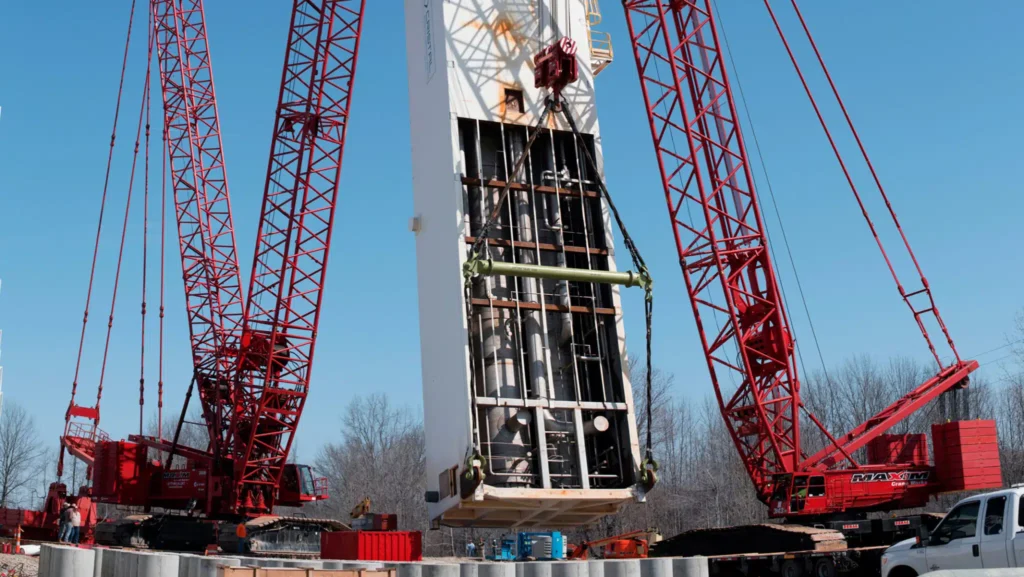
Utilities and Telecommunications
Galvanized wire rope also serves essential functions in:
- Guy wires: Used to stabilize utility poles and tower structures.
- Cable barriers: Along roadways to prevent vehicle egress.
- Antenna guy wires: For supporting large antennas and communication towers.
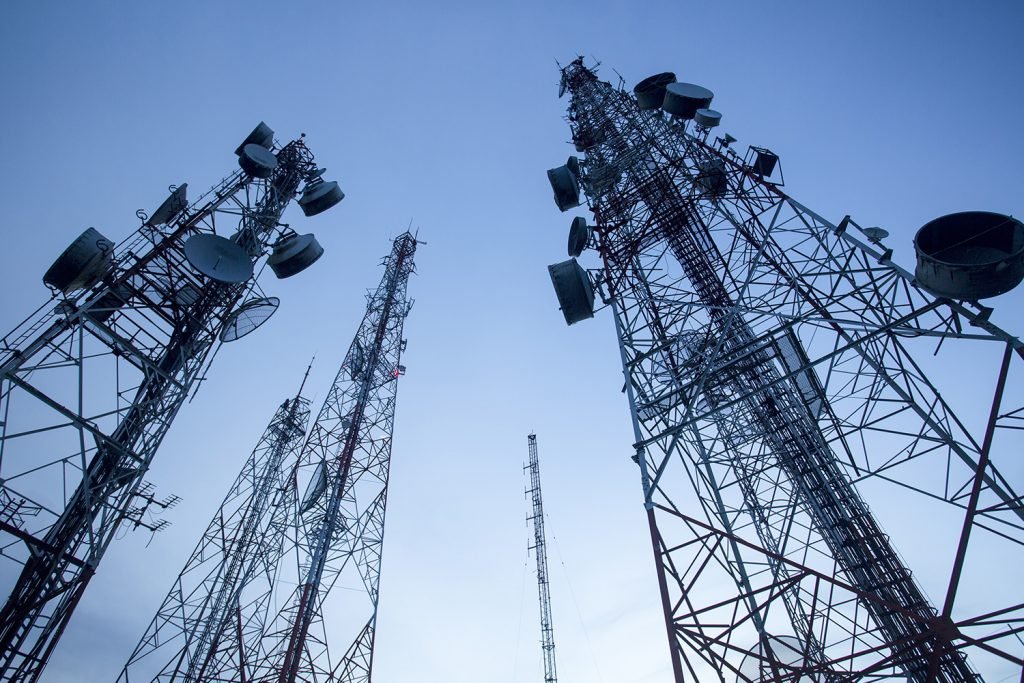
Marine Industry
Galvanized wire rope is extensively used in marine environments due to its ability to resist the corrosive effects of saltwater. It is used for:
- Mooring lines: To secure ships to docks.
- Anchor lines: To anchor ships and boats.
- Towing lines: For towing boats or marine structures.
- Fishing cables: Used in commercial fishing operations.
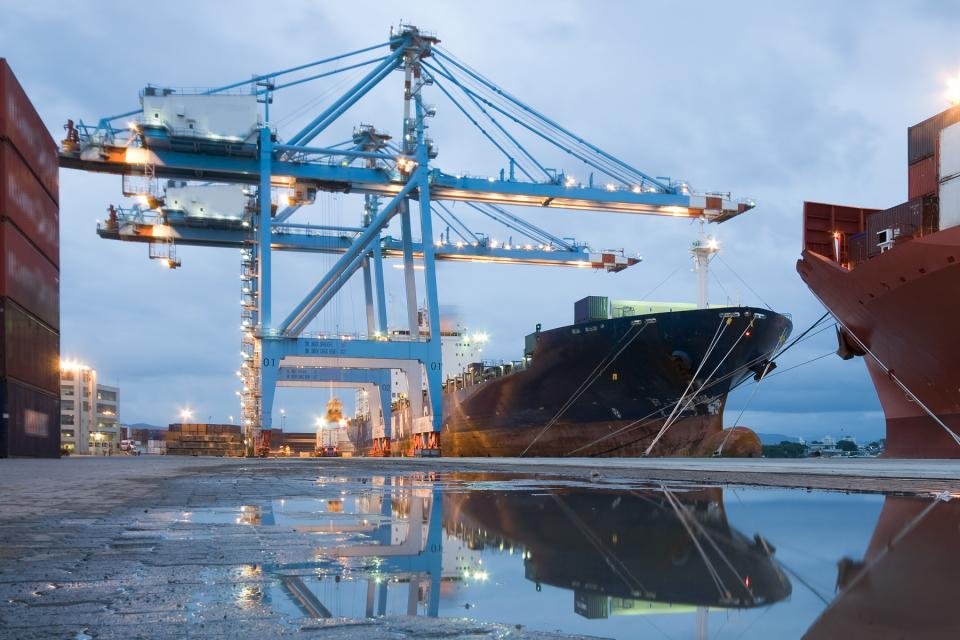
Mining
In mining operations, it is employed for:
- Shaft hoisting: Used in mine elevators for transporting materials and workers.
- Drag lines: For dragging heavy equipment and materials across mine sites
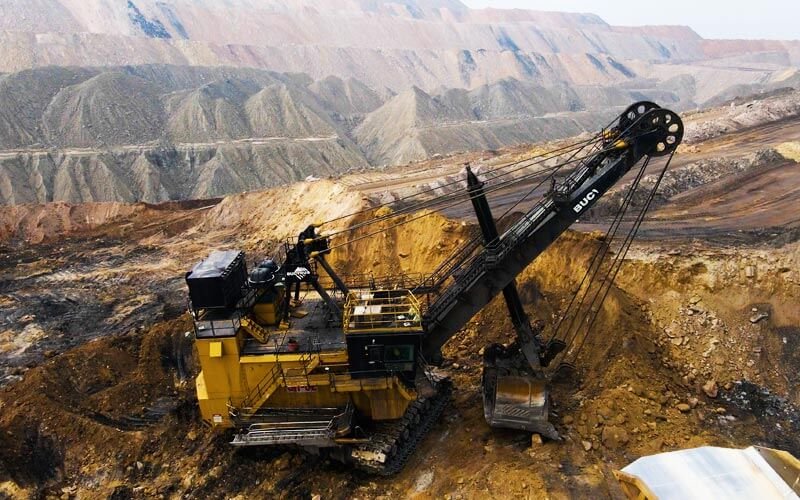
The diverse range of applications of galvanized wire rope highlights its versatility and effectiveness in providing reliable performance in environments where strength, durability, and corrosion resistance are critical. Its adaptability to different climatic conditions and harsh environments makes it an invaluable resource in numerous sectors.
Chapt 5
How to Select Right Galvanized Wire Rope
Selecting the right galvanized wire rope involves considering various factors to ensure it meets the requirements of your specific application. Here’s a step-by-step guide to help you through the selection process:
Define the Application: Understand the purpose of the wire rope. Whether it’s for lifting, rigging, towing, suspension, or any other use, knowing the application will guide your selection process.
Identify Load Requirements: Determine the maximum load the wire rope will need to support. Consider both static and dynamic loads, as well as any potential shock loading or sudden force impacts.
Calculate Working Length: Determine the length of wire rope required for your application, including any necessary allowances for termination hardware or attachments.
Consider Environmental Factors: Assess the environmental conditions where the wire rope will be used. Factors such as exposure to moisture, chemicals, temperature fluctuations, and abrasion will influence the choice of wire rope construction and coating.
Select Wire Rope Construction: Choose the appropriate construction based on factors such as flexibility, strength, and resistance to abrasion. Common constructions include 6X36,8X26,35WXK7,19XK7 configurations, each offering different characteristics suited to specific applications.
Determine Diameter: Select the diameter of the wire rope based on the load requirements, space limitations, and compatibility with the equipment it will be used with. Thicker diameters offer higher strength but may be less flexible.
Evaluate Galvanization Level: Determine the level of galvanization needed to protect the wire rope against corrosion. Consider the severity of the environment and exposure to corrosive elements like saltwater or chemicals. Thicker galvanized coatings provide greater protection but may impact flexibility.
Check Compliance with Standards: Ensure that the wire rope meets relevant industry standards and regulations, such as those set by organizations like EN12385. Look for certifications or compliance markings provided by the manufacturer.
Consider Supplier Reputation: Choose a reputable supplier or manufacturer known for producing high-quality wire ropes and providing reliable customer support. Consider factors such as product warranties, technical assistance, and after-sales service.
Review Cost and Budget: Evaluate the cost of the wire rope and compare it with your budget constraints. While cost is important, prioritize quality, safety, and performance to avoid potential risks or failures in your application.
By following these steps and considering the specific requirements of your application, you can select the right galvanized wire rope that meets your needs and ensures safe and reliable performance. If you’re uncertain about any aspect of the selection process, don’t hesitate to seek guidance from experts or suppliers with experience in wire rope applications.
Chapt 5
Maintenance Of Galvanized Steel Wire Rope
Quality assurance (QA) for compacted wire rope is crucial to ensure its reliability, safety, and longevity, especially when used in critical applications such as lifting, construction, and maritime operations. Here’s a detailed look at the key aspects of quality assurance for compacted wire rope:
Maintaining galvanized wire rope is essential to ensure its longevity and safe operation. Here are some maintenance tips to help you keep your wire rope in good condition:
Regular Inspection: Perform visual inspections of the wire rope on a regular basis. Look for signs of wear, corrosion, broken wires, kinks, or deformations. Inspections should be done before each use and periodically during operation.
Cleaning: Clean the wire rope regularly to remove dirt, debris, and contaminants that can contribute to corrosion and abrasion. Use a mild detergent and water to clean the rope, and avoid harsh chemicals that may damage the galvanized coating.
Lubrication: Apply a suitable lubricant to the wire rope to reduce friction, prevent corrosion, and prolong its lifespan. Use lubricants specifically designed for wire ropes and follow manufacturer recommendations for application frequency and method.
Protection Against Corrosion: Inspect the galvanized coating for signs of damage or wear. Touch up any areas where the coating has been compromised to prevent corrosion from spreading. Consider using additional protective measures such as PVC or nylon coatings for added corrosion resistance in harsh environments.
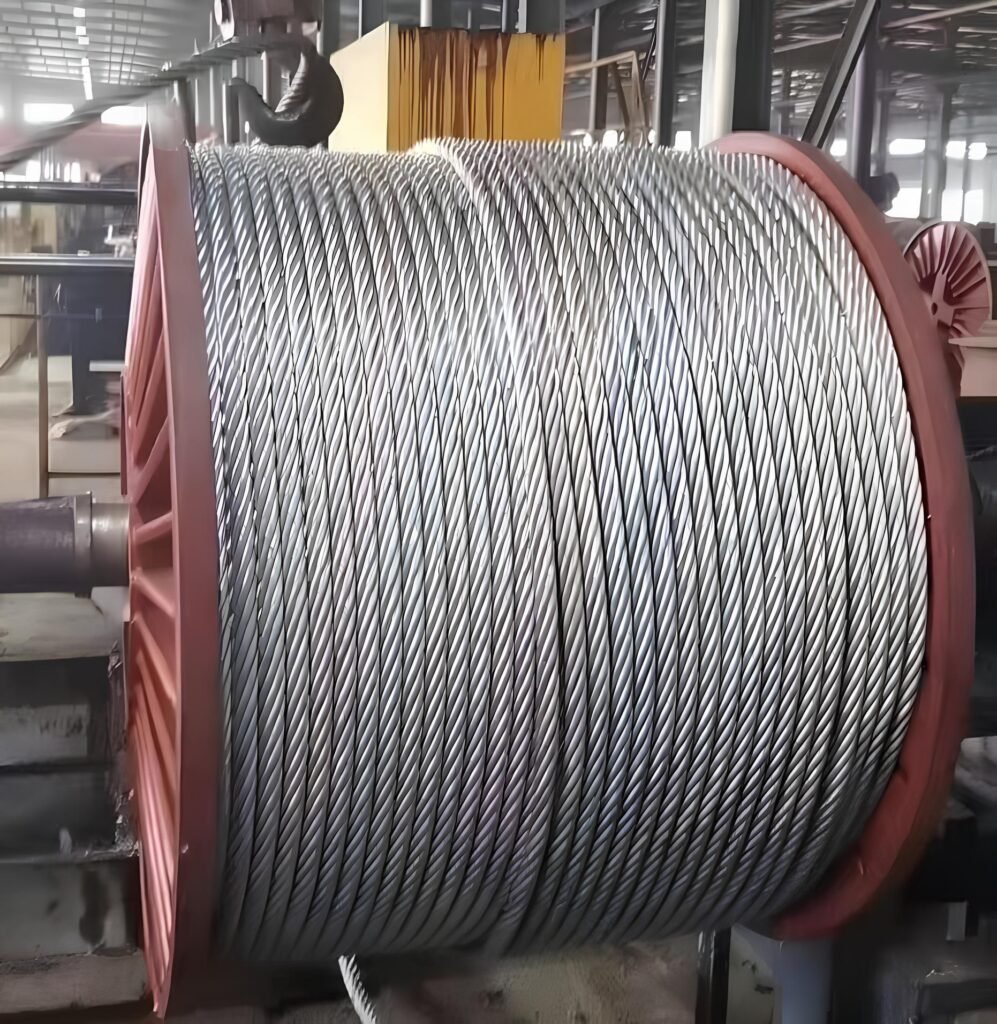
Storage: Store wire rope in a dry, well-ventilated area away from moisture and corrosive substances. Use racks or spools to prevent kinks, bends, or tangles that can weaken the rope.
Avoid Overloading: Ensure that the wire rope is not subjected to loads exceeding its rated capacity. Overloading can cause premature wear, deformation, or failure of the rope.
Proper Handling: Handle wire rope with care to avoid damage from sharp edges, abrasion, or excessive bending. Use proper rigging techniques and equipment to minimize stress on the rope during lifting, towing, or suspension operations.
Replace Damaged Sections: If any part of the wire rope is found to be significantly damaged or worn beyond repair during inspections, replace it promptly to maintain safety and integrity.
Training and Awareness: Train personnel involved in handling or operating wire rope on proper maintenance procedures, safety precautions, and signs of wear or damage to watch out for during inspections.
Documentation: Keep records of maintenance activities, inspections, and any repairs or replacements performed on the wire rope. This information can help track the condition of the rope over time and identify any recurring issues.
By following these maintenance practices, you can ensure that your galvanized wire rope remains in optimal condition, maximizing its lifespan and safety in various applications. Regular inspections and proactive maintenance are key to identifying potential issues early and addressing them before they escalate into safety hazards or operational failures.
Get the catalogue
Leave a request and we will send you the catalogue with Aulone steel wire ropes by e-mail
86-15573139663
86-15363044363


